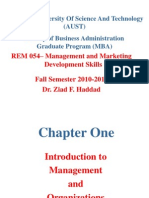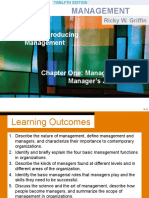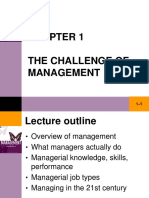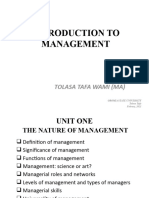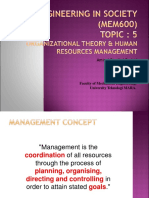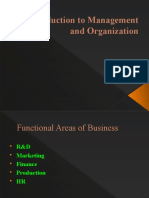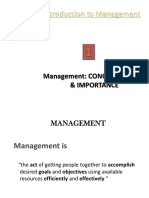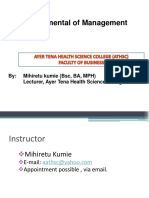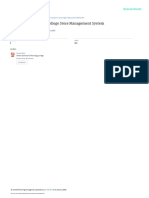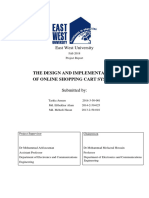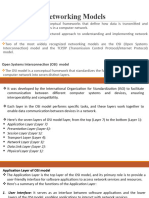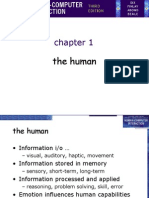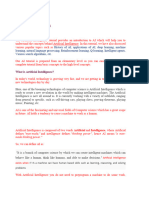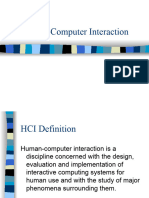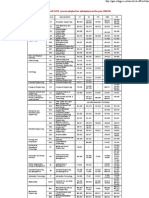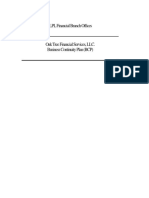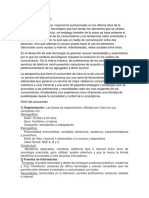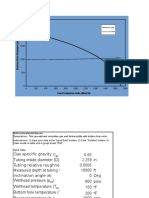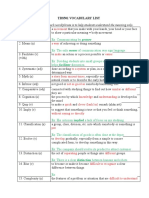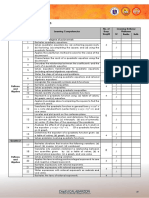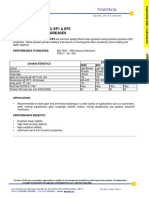0% found this document useful (0 votes)
36 views28 pagesChapter 1 Introduction To Management
The document discusses the concepts of management including definitions of management, management as a science and art, roles of managers at different levels, and the P-O-L-C framework. It covers topics such as planning, organizing, leading and controlling as core management functions.
Uploaded by
jhn75070Copyright
© © All Rights Reserved
We take content rights seriously. If you suspect this is your content, claim it here.
Available Formats
Download as PPTX, PDF, TXT or read online on Scribd
0% found this document useful (0 votes)
36 views28 pagesChapter 1 Introduction To Management
The document discusses the concepts of management including definitions of management, management as a science and art, roles of managers at different levels, and the P-O-L-C framework. It covers topics such as planning, organizing, leading and controlling as core management functions.
Uploaded by
jhn75070Copyright
© © All Rights Reserved
We take content rights seriously. If you suspect this is your content, claim it here.
Available Formats
Download as PPTX, PDF, TXT or read online on Scribd
/ 28



